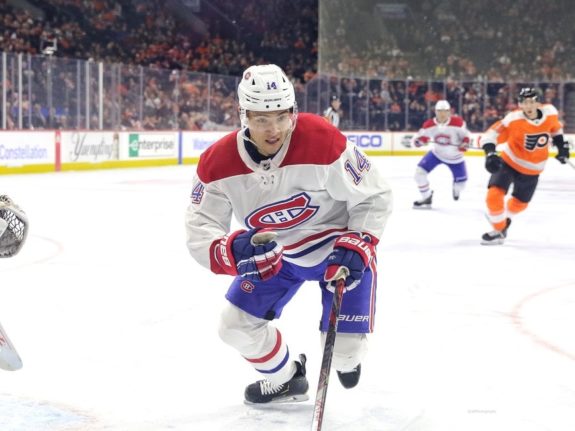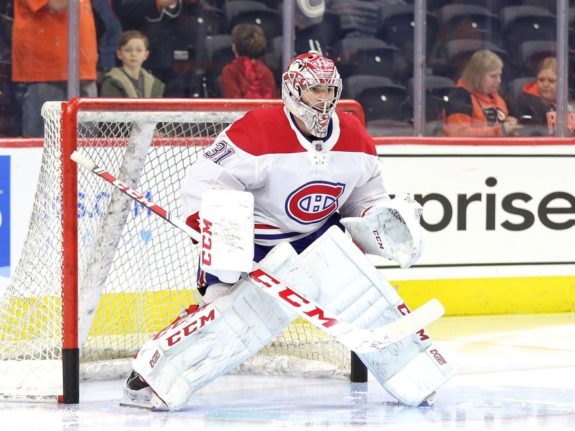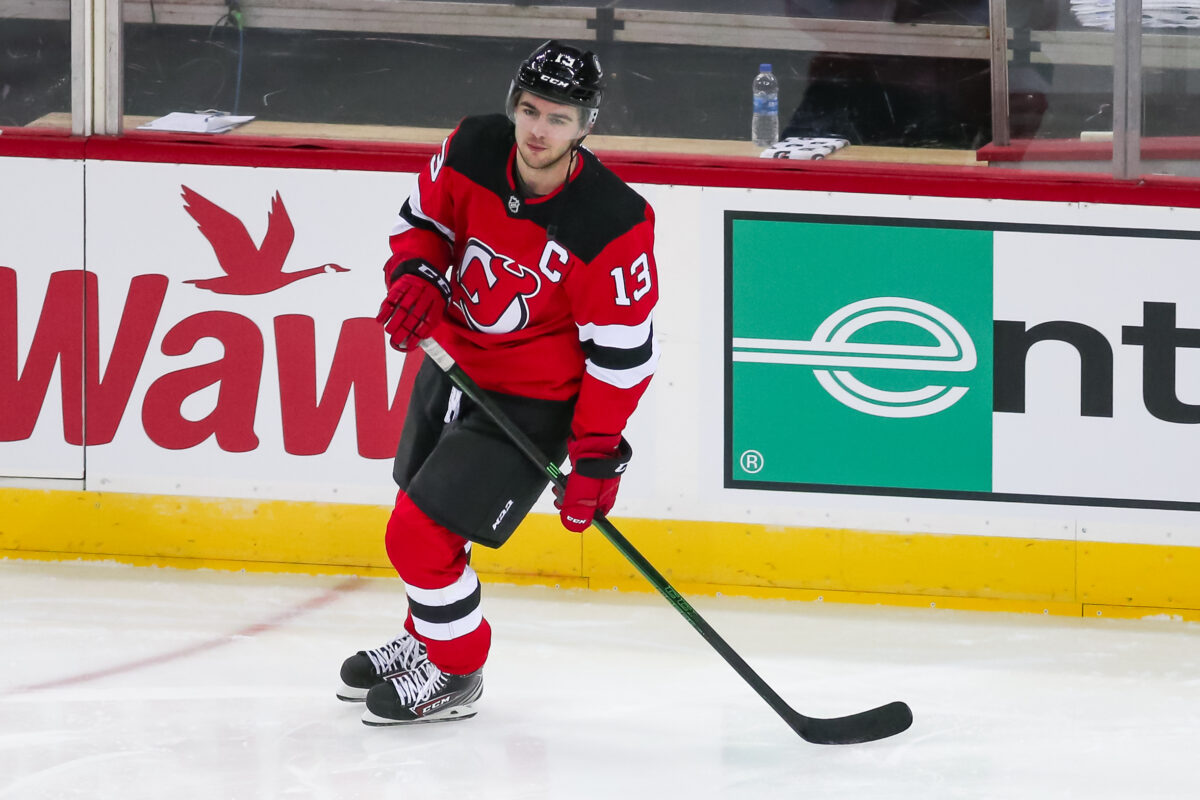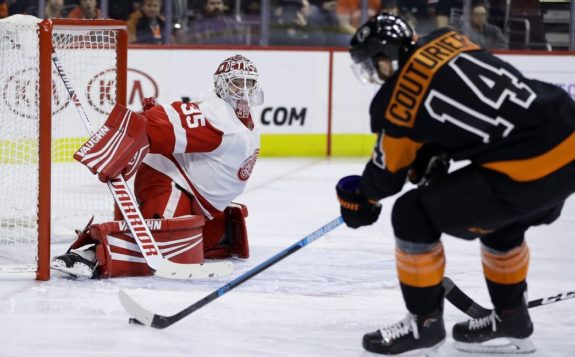With the backdrop of the Carolina Hurricanes revenge one-year, $6.1 million offer sheet on Jesperi Kotkaniemi, the importance of Nick Suzuki to the Montreal Canadiens grows. In his two NHL seasons, he has established himself as the Habs’ top-line center and a legitimate top-six center in the league.

From his first season starting as a fourth-line right winger, to now, when he finished the playoffs, helping lead the Canadiens to a Stanley Cup Final playing on the top line, matched up against top-six opponents. He led all forwards in time on ice at 19:11, putting up seven goals and 16 points in 22 games, leading the team in both offensive categories all while starting in the defensive zone 50.6% of the time. Proving, that head coach Dominique Ducharme trusted him in all situations.
Impact of the Offer Sheet
While it is clearly vengeance that led to this situation with Kotkaniemi, it also highlights the importance of what this offer sheet does. The offer sheet provides an example of what can happen to a team if they can’t convince their young restricted free agents (RFA) to sign extensions before the window opens to other franchises to negotiate with them and take away the ability to control the cap structure they deem appropriate for their own franchise.
The Kotkaniemi offer sheet also highlights the importance of locking up core players immediately. This revelation in Montreal provides Suzuki even more leverage in contract negotiations. Not only does it provide general manager Marc Bergevin added motivation to not allow his players exposure to negotiating with other teams, which could alter his cap structure plans if they decide to sign much higher salary deals or use the treat of signing as leverage, but Suzuki has become what the franchise has spent decades to find: a top-line center.
There are two options available to the Canadiens with Suzuki, a bridge deal or a long-term deal. Both have their merits, but what could they look like now with an offer sheet to be used as a comparable deal.
Bridge Deal
The Canadiens Bergevin have had a method to managing the salary cap by using the bridge deal model. Important core players such as PK Subban, Max Pacioretty, and Carey Price have all had these put into place prior to signing long term deals. While this has allowed management to ensure they haven’t overspent on young players that haven’t met their potential, it also provides less opportunity for them to lock up a potential top performer at a reasonable cap hit over the long term.

In Suzuki’s case, it is less likely he would want this option. Even with the Kotkaniemi deal as a comparable, it is still an outlier as it is clearly an overpayment designed for Carolina to poach him away, so it could be ignored in a negotiation in the short term.
However, if it were the path to be decided upon, it would not unreasonable to think that Suzuki’s agents could use New York Islanders center Mathew Barzal as a comparable in a bridge deal. They have had similar impacts to their teams at similar ages, they’ve also produced similar offensive numbers in their rookie and sophomore seasons. The $7 million cap hit over a three-year deal is also above the one-year deal that Kotkaniemi signed, so it does keep the order of importance in salary structure in line with that of their on-ice impacts. This would not be an unreasonable request on Suzuki’s part, and it is one that could open the Habs up to paying significantly more down the line if he is able to elevate his game as Barzal has in his third and fourth seasons.
Long Term Deal
For Canadiens management, it is more likely they would want this option now for multiple reasons. As mentioned above, a bridge deal is already likely to place a high cap hit onto their salary structure anyway. Yet the main reason Suzuki has proven himself as a capable two-way center who can produce offensively in a top-line role.
Suzuki is also more likely to want a long-term deal as well. With the uncertainty around the salary cap, labour stoppages, and even possible injuries; a guarantee of financial security could be his preference, if it meets his perceived value.
One comparable could be New Jersey Devils center, Nico Hischier’s seven-year, $7.25 million per season deal, which was 8.9% of the team’s cap at the time of signature. Both players were drafted in 2017, with Hischier being the top pick in that draft. Despite a setback this season due to some injuries, while they play a different style of game, he has established himself as the Devils’ top center. At the same age, Suzuki has done the same for the Canadiens

In Hischier’s first two seasons, he established himself as their top-line center, however, it was in a more sheltered method as he began his shifts in the offensive zone over 61% of the time, while Suzuki has slightly lower, yet similar, offensive zone starts stats. Point production projected over a full season was also similar at around 60 points in an 82 game schedule.
Another comparable that could be used is Sean Couturier’s eight-year, $7.75 million per season deal which was 9.39% of the team’s cap at the time of signature. While Couturier plays a slightly different style, the outcome is what the Canadiens and their fans expect from Suzuki, a top-line two-way center who can play a shutdown role but also provide offence.

The Philadelphia Flyers’ center had 41 points this season, the same as Suzuki, however, he did so in less games played while being relied upon heavily as the team’s top defensive center. Suzuki had Phillip Danault to rely on last season to help shoulder some of the defensive burden, something that will not be available now as Danault has signed with the Los Angeles Kings. Nevertheless, Suzuki has provided similar offensive numbers while playing in a top-line role as Couturier has. His agent can argue he can project to have a similar two-way impact in his prime years of play as Couturier has had.
The Best Decision
A long-term deal is the best choice for the Canadiens to extend Suzuki. But, what could this possibly look like for Suzuki in that long-term deal? He could ask for a full eight-year term, just as Couturier has. He could also ask for slightly more as he has been as productive as his comparables, while also being the main piece of a Stanley Cup Final team as well as having better playoff production to match his high-level performances. For his cap hit, due to his impact, importance to the team and the maturity of his game that reaches beyond his 22 years of age, he could ask for $8 million per season.
Eight million isn’t out of reach for Suzuki in a long-term deal. It is higher than a possible bridge deal or the salaries of that of his comparables, but his playoff performances in even such a short time can be used to justify a slightly higher cap hit. What this also does is demonstrate to the player that management believes in him, and in choosing to buy some of his unrestricted free agency (UFA) years, it could protect against what could become a higher cap hit if he becomes a UFA after reaching his potential, making it harder to pay for a supporting cast such as Alexander Romanov, or Cole Caufield. A long-term deal, signed as soon as possible makes the most sense for the Canadiens to begin building around their top young center.